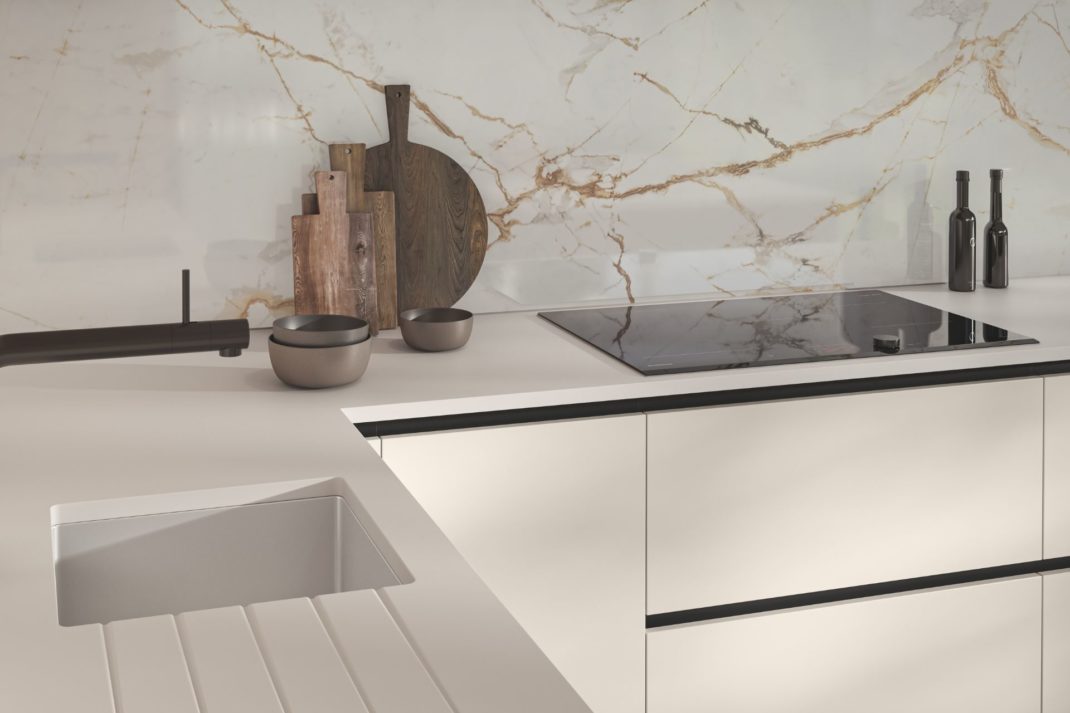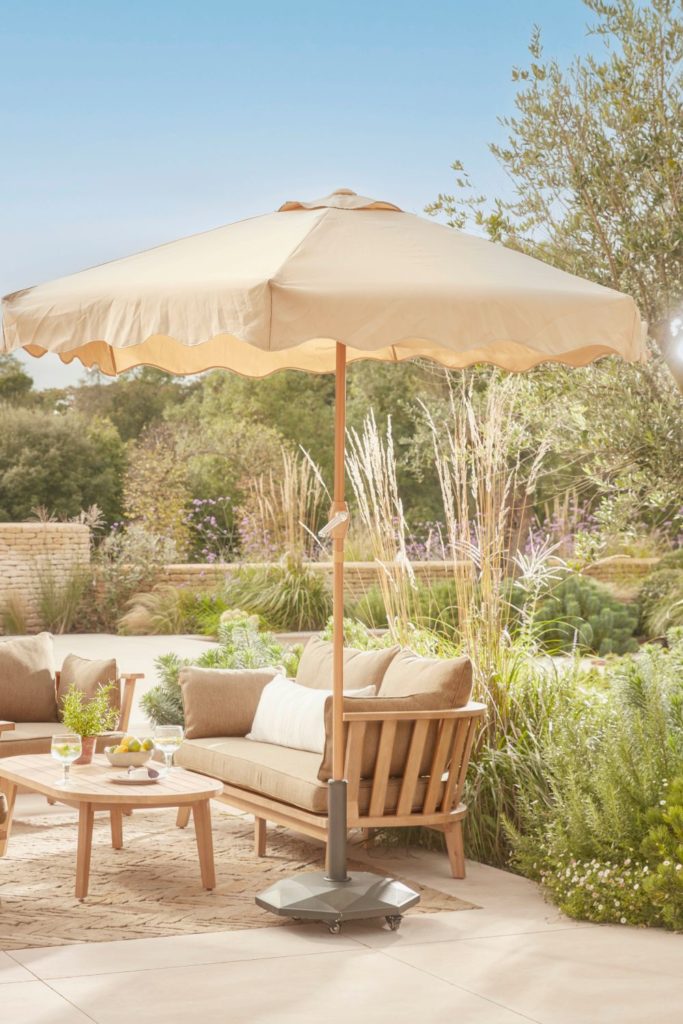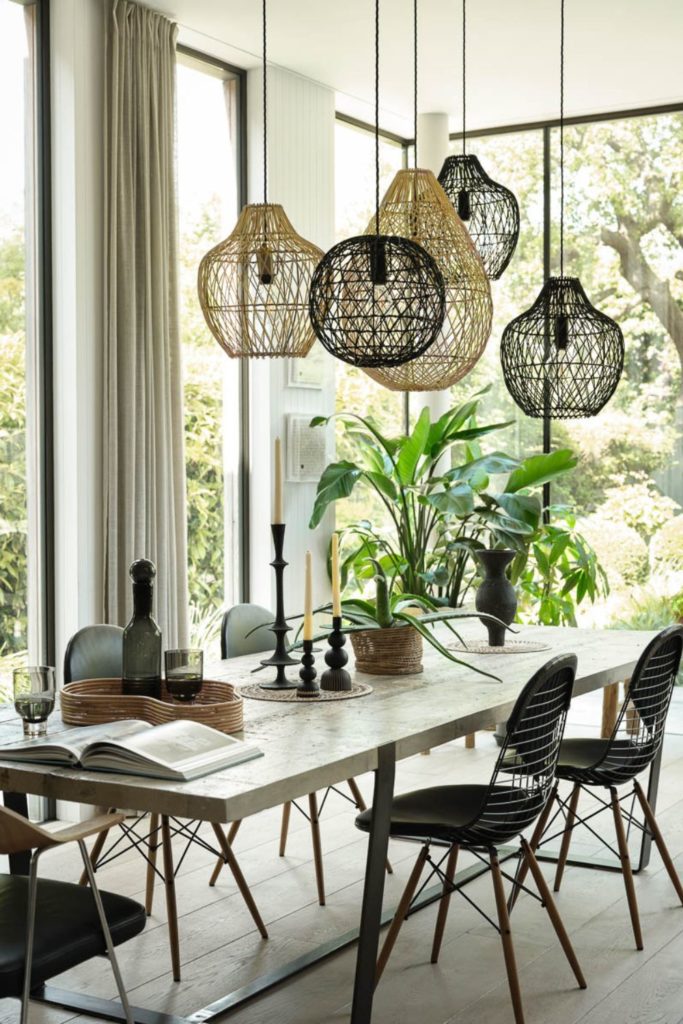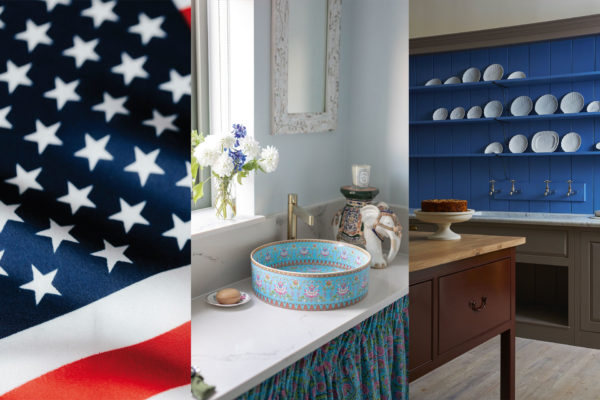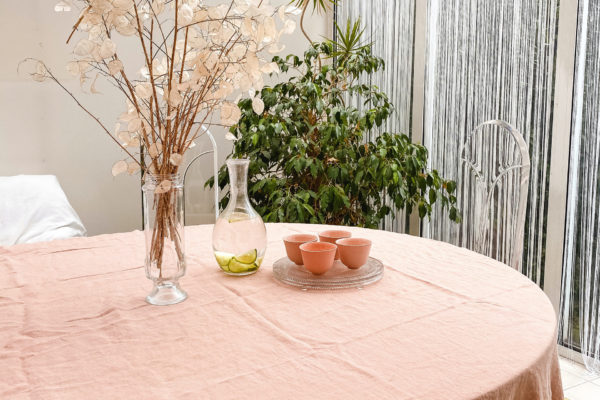Four Interior Design Couples On How They Make It Work
By
9 months ago
Couples that design together...
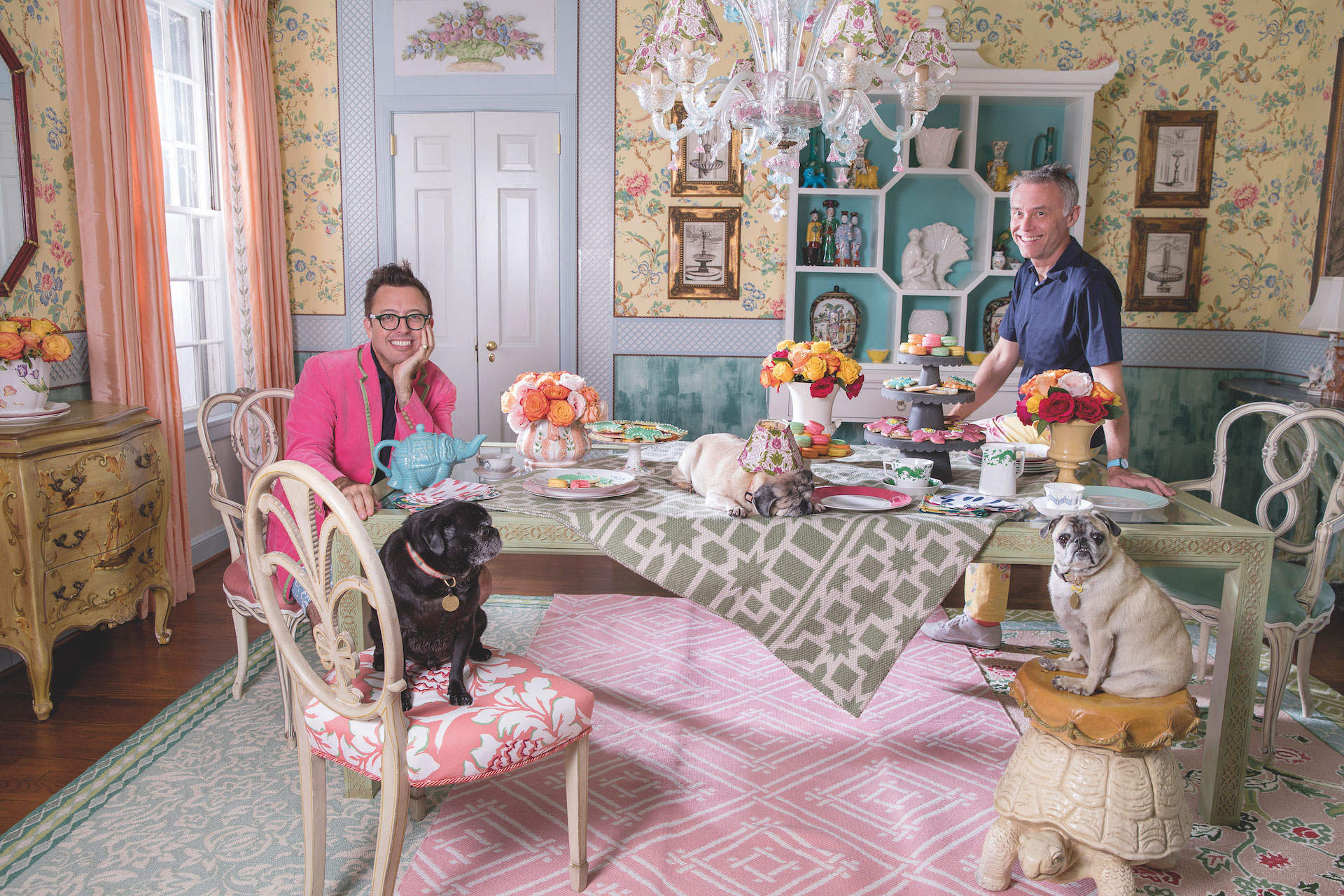
Carole Annett chats to interior design couples who work together about being partners in both business and life.
Two’s Company: Interior Design Couples
The world of interior design is often seen as a family: studios, designers and craftmakers who are, on the whole, a nurturing bunch collaborating and helping each other when called upon for one unifying goal – a happy client. Within the community are also quite a few who truly are family. I talked to five couples and discovered clear principles for success.
‘I remember the day when it happened,’ exclaims Alice Barrington-Wells of Carter Wells. ‘It was really funny. I was looking to employ someone, and Nick [Barrington-Wells, her husband] had just done an HR questionnaire with Rocco Forte Hotels, which he was working for at the time. He got a report back telling him what kind of an individual he was within the workplace. And as I was reading it, I promise you, I went, “You need to come and work for us!”’ Specialists in finding and recruiting best-fit teams for renovation projects, including architect, interior designer, landscaper, project manager and contractor, Carter Wells had been up and running since 2012 before Nick joined six years ago. ‘What we needed at the time was somebody out networking, on the phone and brilliant with people so that I could concentrate on being office-based and available for clients,’ Alice explains. The obvious next step was to run the business together.
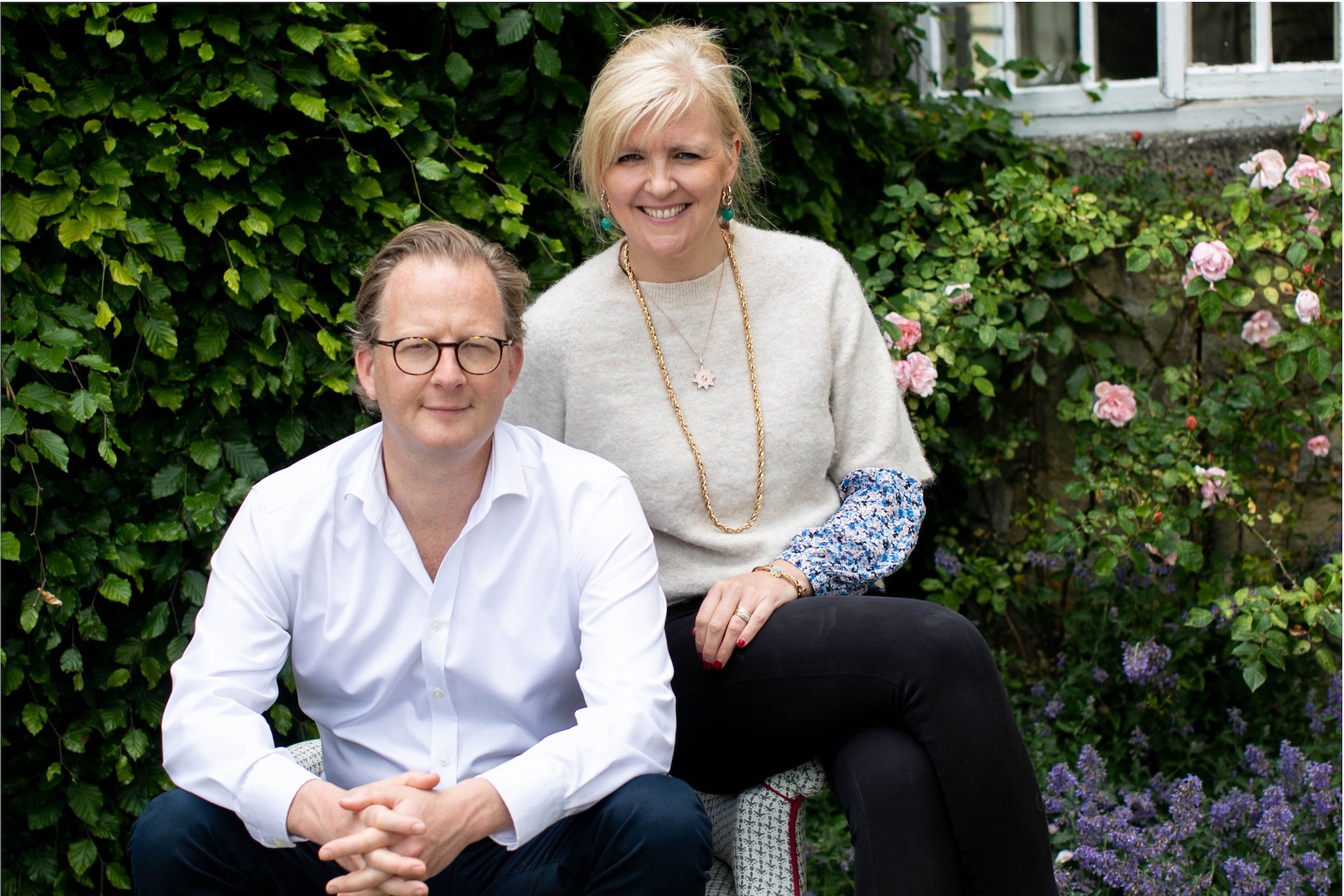
Nick and Alice Barrington-Wells of Carter Wells
Dividing their time between home in Yorkshire and office in Chelsea, they also have a small administrative team. ‘A lot of our friends say, “I don’t know how you can work together, we’d probably end up killing each other,”’ she laughs, adding, ‘You can’t force it.’ Alice believes one of their strengths is knowing exactly what’s going on in each other’s lives, and not letting business bleed into family time. ‘We’ve two little girls and they do sometimes comment, “It’s so boring you and daddy talk about business all the time,” so we have to be really careful. I know a lot of couples have to cut out time to catch up just on family life admin. And I think one of the real plus sides is that I feel we know now, between us, exactly what’s going on all the time. So when we do have time out, we can completely switch off.’
Another husband and wife team who decided to merge skills are Adrien Gloaguen and Julie Revuz of Touriste, a small French hotel group. After meeting and falling in love at school, Adrien went on to study business before following his father into hospitality – in 1971 Philippe Gloaguen founded Le Routard travel guides, which described a new, laid-back way of travelling pioneering responsible tourism. Julie had a career in fashion.
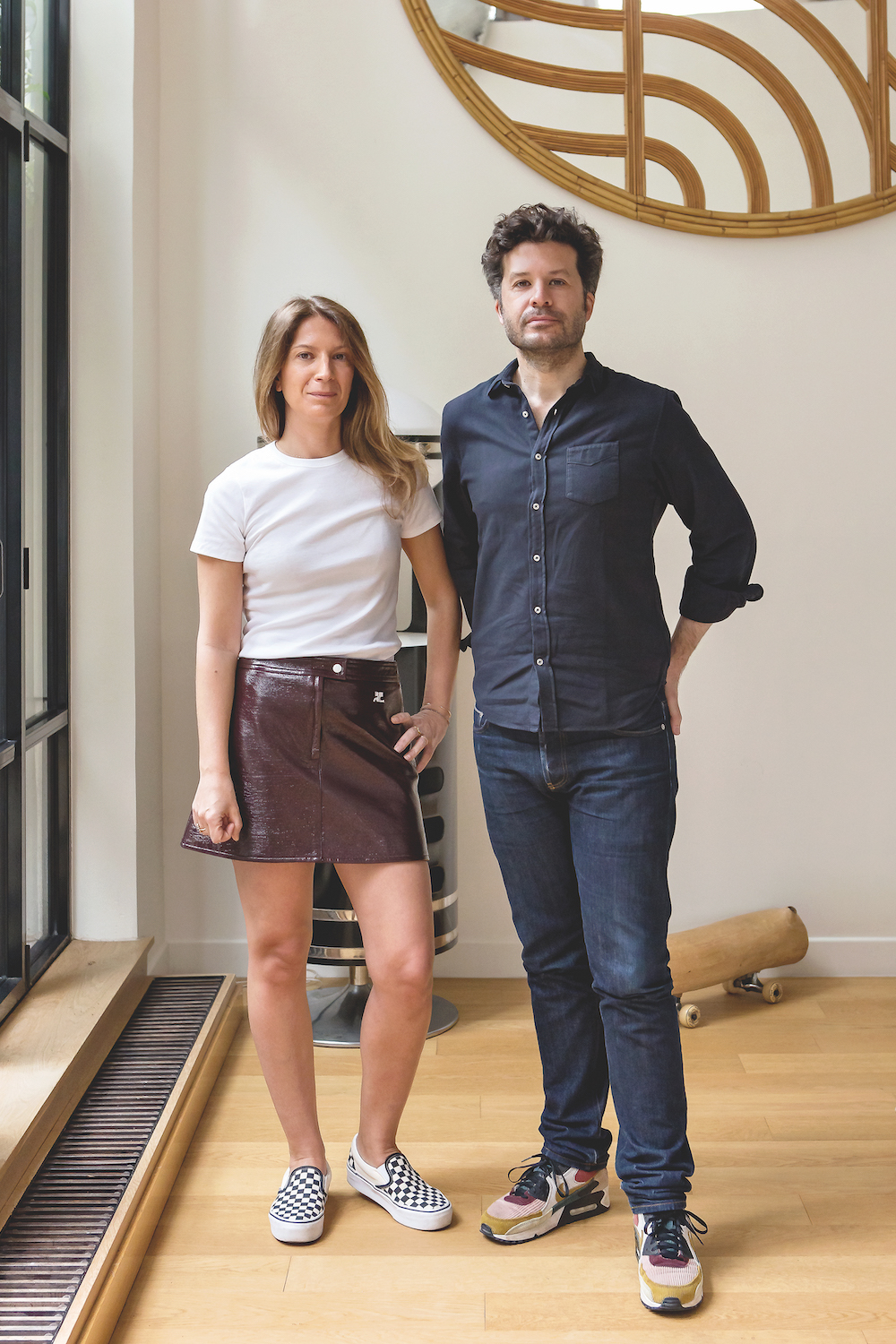
Julie Revuz and Adrien Gloaguen
‘I was working for the French Council of Fashion for Paris Fashion Week and then Hermès as Adrien was opening his first hotel, aged 24. I decided to quit my job and take some time to enjoy our first daughter [they now have two more] and help Adrien,’ she explains. It wasn’t quite the peaceful sabbatical Julie envisaged as the hotel was a success, which spurred Adrien to buy more premises. Julie then launched her own public relations company – Dallas PR – and now oversees the marketing and communication strategies for the Touriste Group. One of the aspects the couple particularly enjoys is choosing an interior designer for each new project. Touriste currently has seven beautifully stylish small hotels, each one imbued with personality and playfulness, including Hotel Les Deux Gares by Luke Edward Hall and Hotel de La Boétie designed by Beata Heuman. When it comes to work-life balance, ‘We have clearly defined roles,’ says Adrien. ‘And at home we share tasks. We also have helpful grandparents.’ Julie adds: ‘And the children love the fact that we work together. They love discovering new hotels when we travel as a family, they are even beginning to point out ideas for our own hotels, which is pretty cool.’
Well on the way to nurturing the next generation of design talent are Amy and Hewie of Dalrymple Studio, having just welcomed their first baby, Roly. Amy, the creative half, studied interior architecture at university before joining Linley, where she worked on high-end residential and hospitality projects as well as superyacht interiors. Project manager Hewie oversees and manages Dalrymple Studio, liaising with tradesmen and suppliers and ensuring projects stay within budget and allocated time frames.
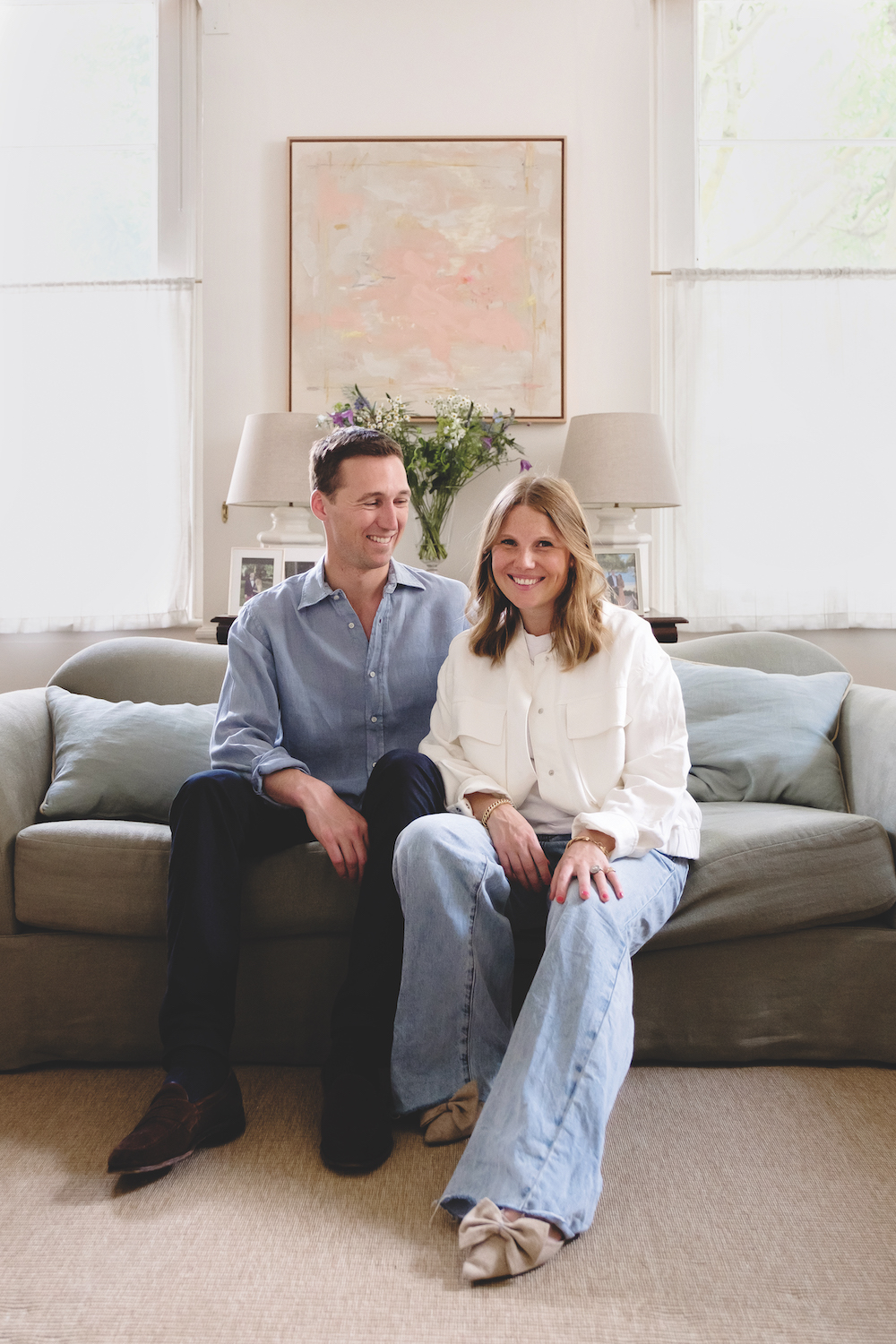
Hewie and Amy Dalrymple
‘We launched the studio in 2018,’ says Amy. ‘It was completely bonkers as we had no clients.’ They have plenty now, including a project in the South of France, a third house in Gloucestershire for a returning client and a house on the south coast. ‘We work well together,’ Amy explains. ‘Hewie is not a flapper, so if I wake up in the middle of the night worrying about the choice of a kitchen tile, he calms me down – I have someone I can share problems with.’ Hewie picks up: ‘We do different things during the day. I take care of the business side; I’m not doing anything creative, so there’s nothing for us to argue about.’ Dalrymple Studio employs one additional designer, Kitty, while Dora the dog is an important member of the team. As well as residential projects, Amy is working on a collection of bespoke furniture, while Hewie’s other passion is photography. ‘The studio is our hobby as well as our life,’ says Amy. ‘It’s wonderful to be able to chat together and share ideas. We never stop.’
Shared interests is a common theme in all these relationships and John Loecke and Jason Oliver Nixon are no exception. Madcap Cottage, a global lifestyle brand based in North Carolina, was born out of a mutual passion for interiors. Jason explains how he and John met: ‘I had a friend who was an editor at Vogue and she invited me to a wedding. At my table was a woman who peppered me with questions, including how much I earned (not a lot at that time). She called a few days later and said, “I think you might like this friend of mine,” so arranged for us all to meet up. I came in from the Hamptons, and John and I met on a date with that gal, Erica, now a good friend. We had a great time and he sent me a signed first edition of a Truman Capote short story. That was 25 years ago.’
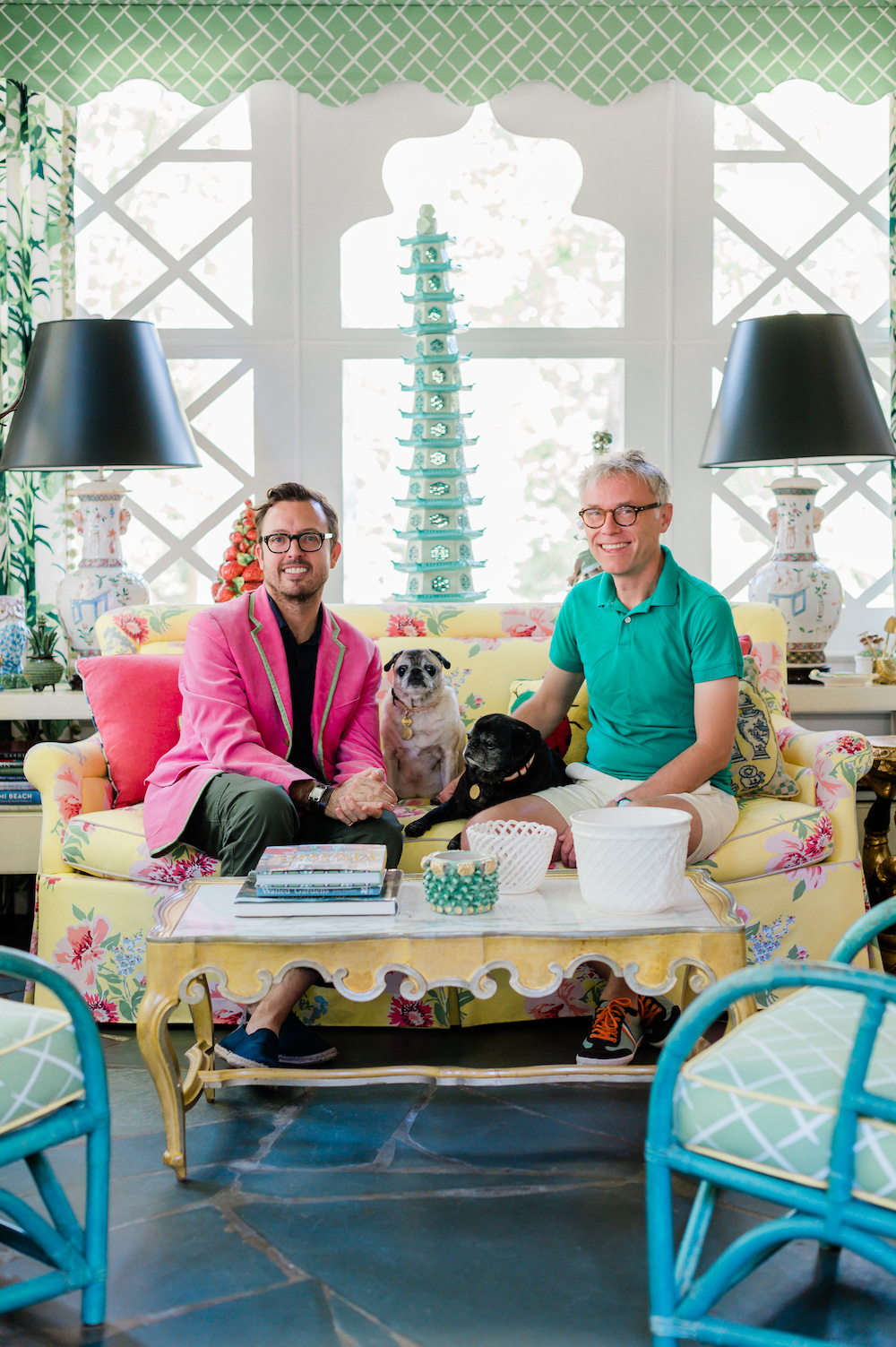
Jason Oliver Nixon and John Loecke of Madcap Cottage
Since then the duo have become known for their whimsical use of colour and heady mix of pattern, or as they describe the world of Madcap Cottage on Instagram, ‘a bastion of prints, pattern and colour in an upside-down, common sense-lacking, and beige world.’ With backgrounds in interior and graphic design (John) and storytelling and marketing (Jason), they realised they had an edge. ‘We’re creators,’ says Jason. ‘John can write, edit, paint and style like crazy, he’s like one of those people who can sing, dance and act that you want to hate. He can do it all. I’m good at marketing so having those skill sets together…’ Jason explains how they get round the occasional creative difference: ‘I’ll say to John, “I think the door should be yellow,” and John’s like, “that’s the dumbest idea ever.” Then six months later he’ll say, “I had this genius idea when I was in the bath/sleeping/or some damn thing, and I think the door should be yellow,” and I’ll say, “That’s a really great idea.”’ They document their travels and Madcap Cottage life on social media, sharing images and stories of their pug family, often an inspiration for their accessories.
‘There’s always bumps in the road,’ admits Nicola Cox of Cox London who met husband and business partner Chris at Wimbledon School of Art in 1993, a few years after leaving her native New Zealand aged 20. Chris studied sculpture while Nicola spent five years in the music business before realising her passion and heading for art school. Or, as Chris puts it, ‘She gave up doing Keith Richards’ rider.’ Originally from Stamford, Lincolnshire, Chris comes from a long line of antique dealers, growing up amongst a language of restoration, patination, bronze-casting and plating. They launched Cox London in 2005 and now have a workshop and office in north London – where all the pieces are designed and made – and a smart Pimlico showroom. They have also recently been recognised for their training programme with a Princess Royal Training Award. After college, Nicola worked in a fine art foundry and Chris for a lighting and antique restorer.
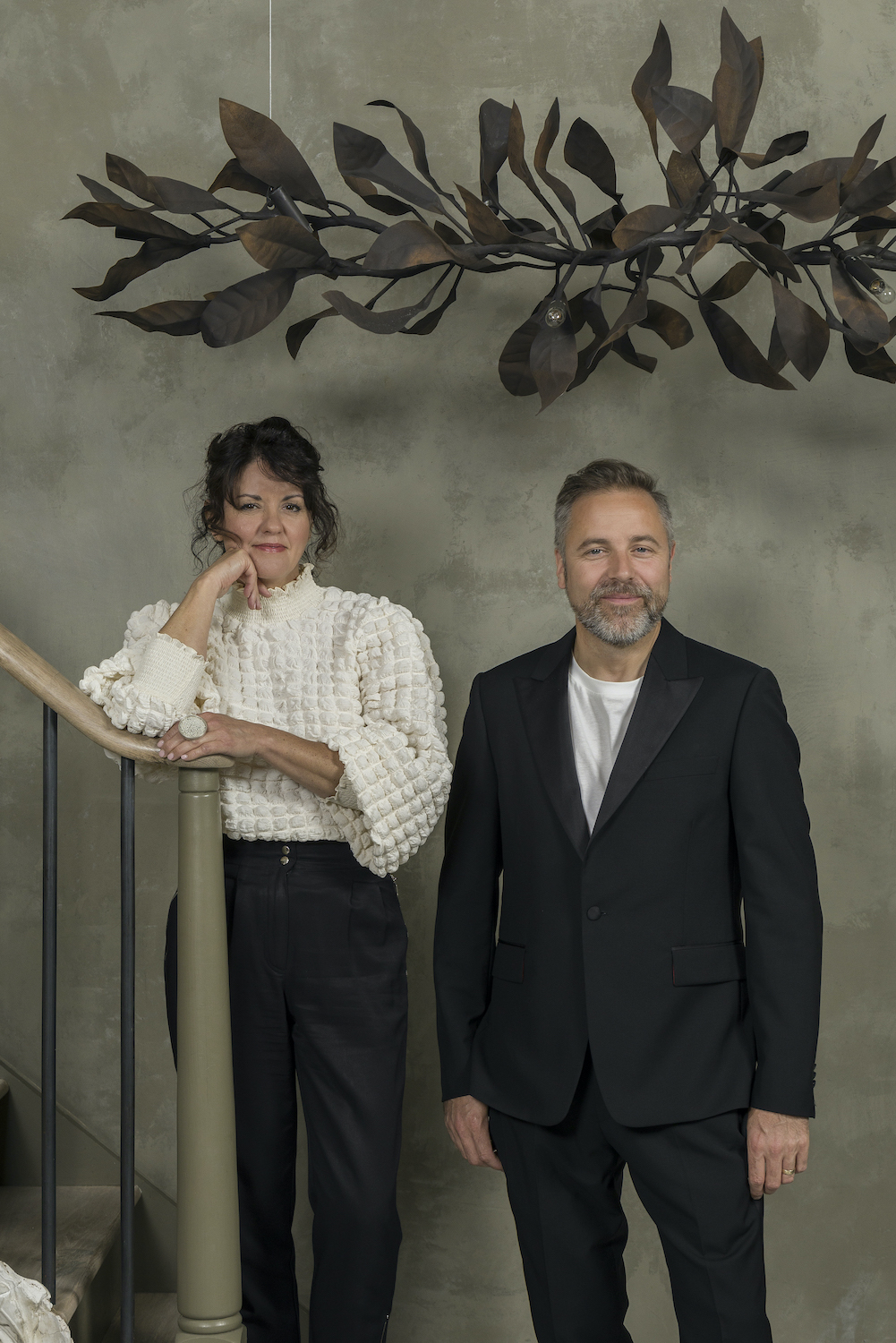
Nicola and Chris Cox
‘I started getting work from other artists,’ says Nicola. ‘And we were both making and repairing in our little rented bedroom before buying a house and working from our garage. It took me about a year to convince Chris that the two of us could work together.’ After taking the plunge and launching in 2005, employing other friends from art school, they moved premises in 2007 and were able to ‘legitimately melt metal all night if we wanted,’ says Chris. And how do they work as a team? ‘We understand each other’s strengths and weaknesses,’ says Nicola. ‘You compromise and collaborate and that’s not always an easy journey. Sometimes you have a tussle of ideas.’ ‘I have many weaknesses,’ interjects Chris with a smile. Nicola demurs, ‘I think it’s because we’re open-minded and you want to learn something new and know you can do something better – that’s why you keep striving.’ As makers and technicians, both would now like to spend more time in the studio. ‘We employed a managing director and a leadership team so we can get back to doing what we love,’ Chris explains. ‘This year is all about our new product development studio and a premises in Dorset. It’s important to be able to step away from a business geographically to have the headspace to be creative.’
There appear to be five key threads of DNA uniting these companies. First, having a clear division between work and life; second, the ability to be a team-player, with your spouse as well as others. Thirdly, clear roles and responsibilities are essential as well as, fourthly, understanding each other’s strengths and weaknesses. The final thread is potentially part of the reason these couples were attracted to each other in the first place: complementary expertise, ensuring little cross-over within the different areas of a business. The last word should go to Alice of Carter Wells. As she says: ‘Although it’s a job, it’s not a way of life. We’ve created this way of living, we’re not working for a company, it’s our own business. You’re in charge of your own destiny and no-one is telling you what to do.’ How exciting

